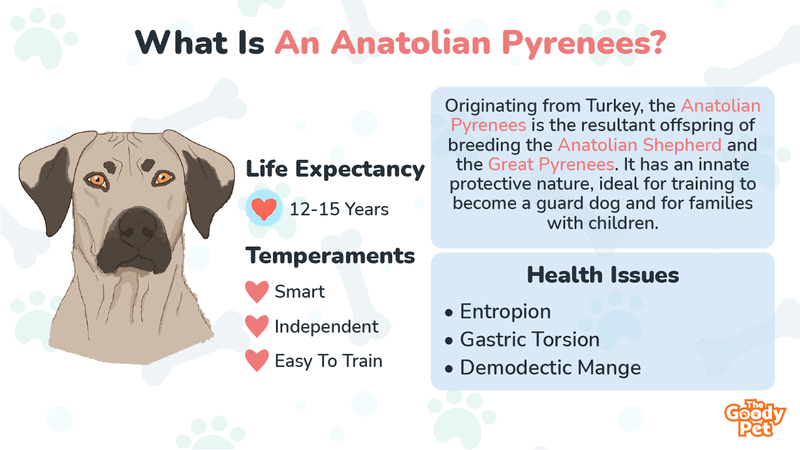During World War II, the Anatolian Shepherd and the Great Pyrenees both made their first appearance in the United States. While the Great Pyrenees originate from Asia, the Anatolian Shepherd originates from Turkey. No one would have thought about crossing both breeds to get the Anatolian Pyrenees mixed dog.
Originating from Turkey, the Anatolian Pyrenees is the resultant offspring of breeding the Anatolian Shepherd and the Great Pyrenees. This mixed dog is reliable and has an innate protective nature, ideal for training to become a guard dog and for families with children.
To better appreciate the Anatolian Pyrenees dog breed, we must understand the history of its parents. The Anatolian Shepherd is believed to be an ancient breed whose purpose was to guard flocks of sheep, thanks to its innate protective nature. On the other hand, the Great Pyrenees initially served the same purpose as the Anatolian Shepherd until they were declared the Royal Dog of France, by Louis XIC.
Despite their blurry history, Anatolian Pyrenees have significantly grown in popularity. Let us dive into the different characteristics of the Anatolian Pyrenees that people are so drawn to.
How Big Do Anatolian Pyrenees Get?
A fully grown Anatolian Pyrenees is typically 25 to 32 inches tall and you can expect them to weigh between 80 to 160 lbs.
Anatolian Pyrenees are considerably large dog breeds, and they generally stop growing upon reaching the ages of 13 to 14 months.
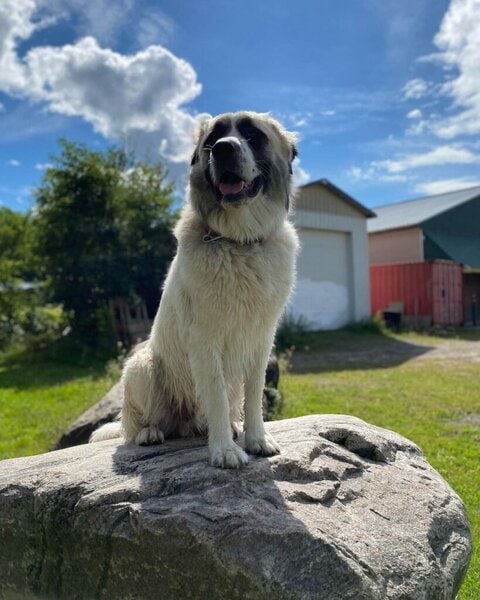
Physical Appearance
Since Anatolian Pyrenees are rare dogs, their physical appearance tends to differ from dog to dog. However, the general appearance of an Anatolian Pyrenees includes floppy ears along with medium-sized muzzles.
Anatolian Pyrenees have large and muscular bodies. Their legs have a strong appearance that makes them ideal for long walks or hikes. Their fur coats can manifest in several color combinations, such as cream, fawn, white, or brindle.
How Long Do Anatolian Pyrenees Live?
Anatolian Pyrenees are typically healthy dogs, and they can be expected to live for 12 to 15 years.
They can live longer under proper care and management. However, they are prone to several health issues that are worth noting. These health issues include:
Demodectic Mange
Also known as demodicosis, demodectic mange, is a parasitic condition that is caused by Demodex mites. Such mites are natural inhabitants of your Anatolian Pyrenees skin. In fact, most dogs house Demodex mites on their skin without experiencing health issues.
However, when your Anatolian Pyrenees’ immune system is compromised, these mites will reproduce at an alarming rate, and once their numbers increase, it will result in your Anatolian Pyrenees developing demodectic mange and secondary conditions.
As a result of demodectic mange, your Anatolian Pyrenees can develop secondary conditions such as skin infections and alopecia.
Demodectic mange can either be localized or generalized. Localized instance only affects certain parts of your Anatolian Pyrenees’ body, whereas generalized instance affects their entire body. The symptoms of localized demodectic mange are lesions in certain areas of the body.
Symptoms of generalized demodectic mange include hair loss, lesions, and skin inflammation. Your veterinarian can perform the diagnosis for demodectic mange by plucking hair or scraping the skin and analyzing them.
Treatment for this condition depends on the severity of your Anatolian Pyrenees’ case. In severe cases, treatment includes weekly baths with medicated shampoo, hair clipping, and medication.
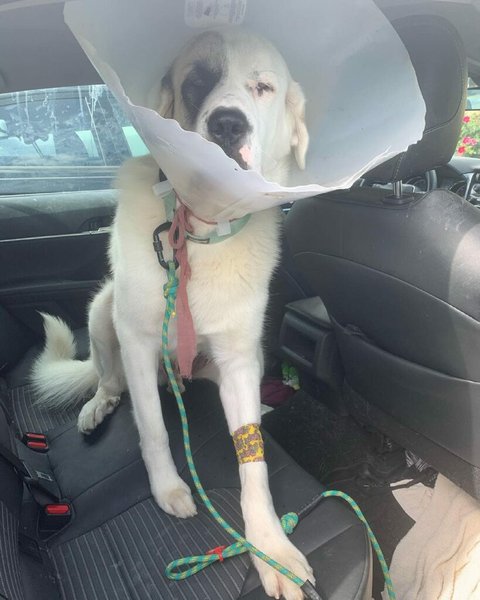
Entropion
Entropion is an eye condition that causes your Anatolian Pyrenees’ eyelid to roll inward. This typically affects the lower eyelid, but it can affect both the upper and lower eyelids. When the eyelid rolls inward, the eyelashes rub on the eyes, which irritates the eye.
The rubbing of eyelashes on the eyelid can cause corneal ulceration, which is a sore on the cornea. With the continued presence of entropion, the sores on the cornea will worsen and lead to the impairment of your Anatolian Pyrenees’ vision.
The symptoms of entropion include tearing in excess, excessive eye discharge, red eyes, eye swelling, and squinting. Fortunately, in mild cases, entropion can be treated with prescribed medication and eye lubricants.
In more severe cases, when the corneal has been damaged, treatment for entropion will require surgery to permanently alter the shape of your Anatolian Pyrenees’ eyelid to prevent them from rolling inward.
Gastric Torsion
Also known as bloat, gastric torsion is a dangerous condition that can lead to death. This occurs when your Anatolian Pyrenees’ stomach is filled with gas and their stomach twists.
The cause of gastric torsion is still unknown. However, veterinarians believe that factors such as anxiety and your Anatolian Pyrenees’ diet are common triggers of gastric torsion. Fortunately, there are several indicators to look out for when your dog is bloated or not.
Some symptoms of gastric torsion include pacing, retching, salivating excessively, panting, and a distended stomach. Once you suspect that your Anatolian Pyrenees might be affected by gastric torsion, you should immediately get them medical attention, or they may die.
When treating your dog’s gastric torsion, your veterinarian may lower a tube into your dog’s stomach to release the gas. If the twisted stomach does not allow the tube to go through, your veterinarian may insert a hollow needle into your Anatolian Pyrenees’ stomach.
The best way for you to help prevent your Anatolian Pyrenees from being affected by gastric torsion is by implementing a few preventative measures by making some lifestyle changes.
Such measures include not allowing your Anatolian Pyrenees to undergo strenuous physical activity before or after their meals, feeding them smaller and more frequent meals rather than one or two large meals a day, and ensuring that they do not drink too much water.
How To Take Care Of Your Anatolian Pyrenees?
Physical activity and a well-balanced diet are crucial to ensure that your Anatolian Pyrenees is well cared for.
Here are a few more tips on how to properly care for your Anatolian Pyrenees:
Physical Activity
Since both the Anatolian Shepherd and the Great Pyrenees are highly active dogs, it comes as no surprise that the Anatolian Pyrenees is an active dog too. Anatolian Pyrenees require a minimum of 45 to 60 minutes of strenuous physical activity every day.
The best home environment for your Anatolian Pyrenees will be a home with a spacious yard so that they can run around, play, and satisfy their need for physical activity even when you are not actively playing with them.
However, Anatolian Pyrenees are quite a curious breed, so you will have to take them for walks to stimulate and satisfy their curiosity. If you do not, your Anatolian Pyrenees may grow bored. Their boredom may lead to them becoming grumpy and destructive.
High-Quality Diet
You should typically feed your Anatolian Pyrenees between 3 to 4 cups of high-quality dog feed a day. Do include multivitamin supplements, such as Omega-3, vitamins A and E, for added benefits in boosting the overall immune system and coat health.
Pet Plate offers delicious, high-quality dog food that contains healthy nutrients and the energy your Anatolian Pyrenees needs to play as much as they want. Each meal is freshly made and specially tailored to keep your pooch happy.
Anatolian Pyrenees are also prone to gaining weight fairly easily; therefore, you should measure your dog’s food to ensure that they are not overeating and not becoming obese. Obesity can cause several health issues that will compromise your Anatolian Pyrenees’ livelihood.
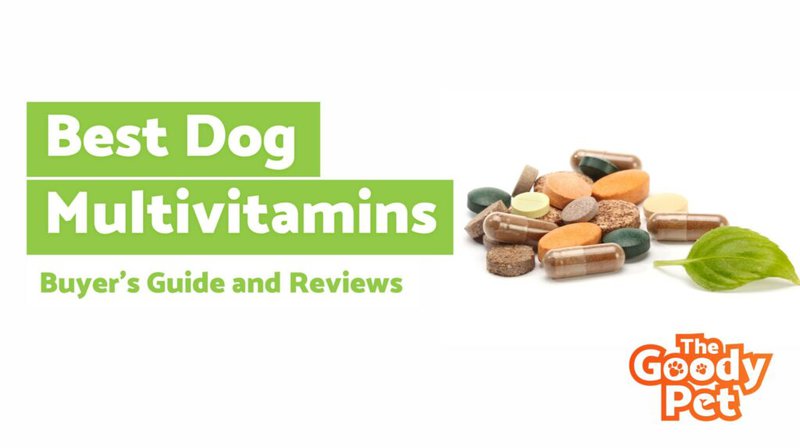
How Smart Are Anatolian Pyrenees? Temperaments Of Anatolian Pyrenees
Anatolian Pyrenees are considerably a smart and independent dog breed. They can be taught a great deal of commands fairly quickly and trained to become guard dogs.
The intelligence of Anatolian Pyrenees dogs enables them to be easy to train. However, if not trained properly or trained at all, these dogs may develop some unpleasant habits such as resource guarding and chewing tendencies.
The key to training an Anatolian Pyrenees is consistency and starting from a young age. Also, positive reinforcement, in the form of awarding the pooch with treats for good behavior, goes a long way in training.
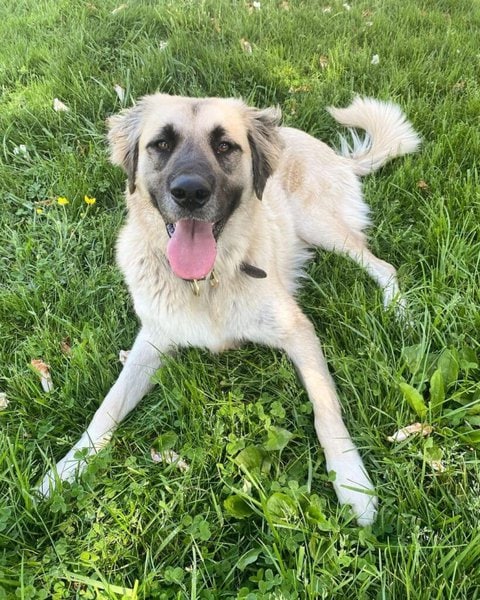
Protective
Like their parents, who were guard dogs, Anatolian Pyrenees observe and react accordingly to different situations. They would make a great addition to the family with children because of their protective nature.
Not Aggressive
Anatolian Pyrenees are typically not aggressive, however, if they are not trained, they may become aggressive toward children and other dogs within the same household.
Kind
Despite their size, Anatolian Pyrenees are kind and enjoy being with their family and cuddling. They tend to be rather protective over them. Anatolian Pyrenees enjoy playing, so they would be a great playmate and hiking partner for your or your children.
Do Anatolian Pyrenees Shed? Grooming Tips For Anatolian Pyrenees
Anatolian Pyrenees are not hypoallergenic and are average shedders, meaning that they will require frequent grooming.
All dogs need to be groomed to a certain extent. Anatolian Pyrenees have medium to full-length fur that knots easily. Here are some tips to help you effectively groom your Anatolian Pyrenees.
Bathing
You should generally bathe your Anatolian Pyrenees only as often as necessary. Given that Anatolian Pyrenees are prone to parasitic infections, you should also ensure that the gap between baths does not exceed six weeks.
When bathing your Anatolian Shepherd, you should ensure that you use a shampoo that not only cleanses your dog’s skin and fur but also moisturizes it. The Pro Pet Works All Natural 5 In 1 Oatmeal Shampoo is ideal to maintain the health of your Anatolian Pyrenees fur coat.
Brushing
An Anatolian Pyrenees typically requires to be brushed 2 to 3 times a week. This will reduce the amount of overall shedding that they experience around the house and reduce the probability of your Anatolian Pyrenees developing harmful mats and tangles.
You should use an undercoat tool to ensure that you remove the loose hair that cannot be removed by simply using a brush. We recommend using the FURminator Undercoat Tool to groom your Anatolian Pyrenees.
Related Questions
How Much Does An Anatolian Pyrenees Cost? You can typically expect to pay between $300 to $1,000 for an Anatolian Pyrenees puppy. Depending on the breeder’s reputation and location, as well as the health status of their parents, the costs can go up for this considerably rare mixed breed.
Do Anatolian Pyrenees Like To Swim? Yes, Anatolian Pyrenees like to swim. Anatolian Pyrenees are a mix of two highly active guard dogs, Anatolian Shepherd and Great Pyrenees, both of which have a natural knack for swimming and thoroughly enjoy this activity.
Can Great Pyrenees Get Along With Anatolian Shepherd? No, Great Pyrenees and Anatolian Shepherds do not get along with each other. Both breeds are aggressive towards other dogs. With proper training and early socialization, you can, however, train them to get along.

